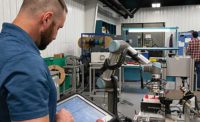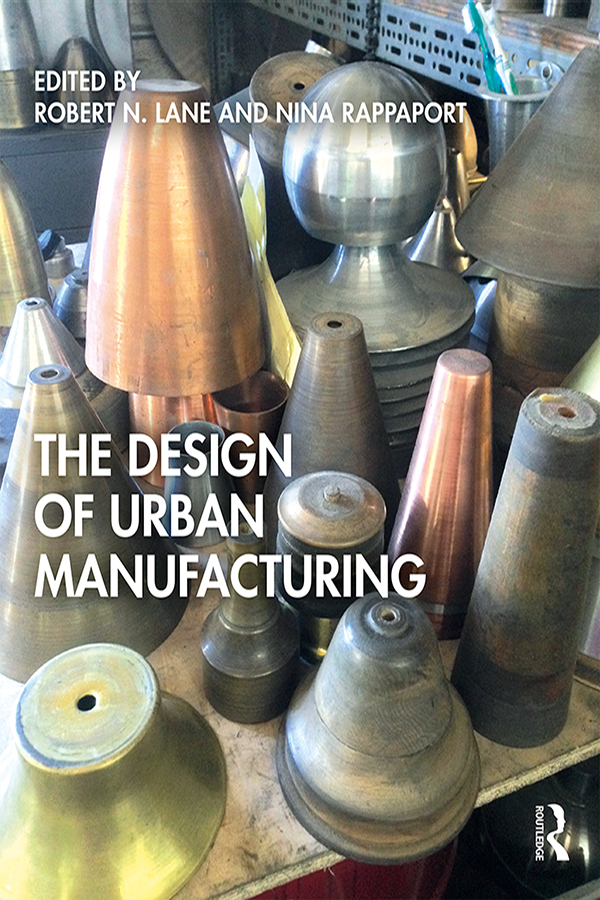Once upon a time, toys made in China were unheard of. That’s because the United States was home to more toy manufacturers than anywhere on earth, with Chicago and New York vying for dominance in the industry.
During the 1950s and 1960s, baby boomers were bombarded with classic toys, such as Mr. Potato Head (1952), Matchbox cars (1953), Gumby (1955), Play-Doh (1956), Barbie (1959), Chatty Cathy (1959), Etch A Sketch (1960), Lego (1961), Easy Bake Oven (1963), G.I. Joe (1964), Rock ‘Em Sock ‘Em Robots (1966), Hot Wheels (1968) and Lite Brite (1968).
Back in the day, ASSEMBLY chronicled the toy industry on a regular basis. In fact, the magazine debuted the same year that the Hula Hoop ushered in the era of fad toys.
An article in the December 1958 issue explained how “metal stitching is one process which engineers in the toy industry have turned to in order to cope with sudden or seasonal changes in production. This fastening method meets the demand for high speed and economical assembly of many toys.”
The article examined how Perfex Plastics Inc., Chicago, was turning out 8,000 Spin-A-Hoops (a competitor of the Hula Hoop) a day using a Silverstitcher made by Acme Steel. “These hoops are the hottest item since Davey Crockett hats,” proclaimed ASSEMBLY.
The machine could drive up to 26,000 stitches before requiring reloading. “Costs are held as low as one-sixth the cost of preformed staples by working from a continuous coil,” explained the article.
Other companies mentioned in the article included Gong Bell Mfg. Co., East Hampton, CT, which used wire stitching to form strips of rubber into tires for a toy lawn mower.
Kiddie Brush & Toy Co., Jonesville, MI, selected wire stitching for assembling a toy mop. “Five stitches in two rows secured cloth strands to a polyetheline base,” explained the article.
ASSEMBLY visited Lionel Corp.’s Irvington, NJ, factory in November 1959 to learn how the company was using automatic riveting equipment to assemble toy trains. “Since nearly 40 million semitubular and tubular rivets are used each year in their trains, and because competition mandates brief design life, Lionel is always seeking refinement of their assembly techniques,” said the article.
Lionel relied on riveting as a basic method of assembly because of “the ability to adapt the same machines to different components and materials with a minimum of changeover and tooling. The same machines can often be used for different products and parts or can be retooled quickly.”
The article also explained how “Lionel production engineers designed a steel plunger and toggle fixture, then added it to a conventional double-spindle riveting machine. This setup permitted the assembly to be made in a single operation at a rate of four a minute.”
The December 1964 issue of ASSEMBLY included a peek inside “Santa’s largest workshop” (the Mattel Inc. factory in City of Industry, CA). The cover photo depicted a row of musical jack-in-the-boxes that were assembled at the rate of 40,000 a week.
“Five different ‘jacks’ are produced on the same line,” explained the article. “Jack boxes are lithographed onto metal strips before forming. After punching, cutting and crimping operations are performed, a can roller forms the strips into squares and the crimped ends are put together and seamed.
“Key to their musical ones, and the sounds of other musical toys, is a mechanism which incorporates a rubber belt and a tuning fork. Since 1949, over 60 million toys using this device have been produced.
“The music mechanism is riveted into place, and the bottom is seamed to the can,” added ASSEMBLY. “A spring is inserted and the jack head is fastened to it. Finally, the top is attached. Each jack is then tested before packing.”
In the mid-1960s, a slot car craze swept over the United States. ASSEMBLY went along for the ride with a cover story in the December 1965 issue. “Slot car racing sets, the biggest thing since Hula Hoops, will occupy a large portion of the display space in hobby and toy shops this Christmas season,” proclaimed the article.
ASSEMBLY visited the Monogram Models Inc., factory in Morton Grove, IL, which was busy mass-producing 1:32 scale models of LeMans race cars such as the Ferrari 330 and the Ford GT40.
“The car assembly process begins at the bottom and works up,” explained the article. Assemblers first attached rubber tires to chrome-plated wheels. The nylon wheels and gears were then pressed onto the front and rear axle assemblies in a special fixture.
Next, electric motors, guide plates and current pick-up brushes were attached to the chassis. Windows, headlights and interiors were bonded to plastic car bodies. Then, bodies were mated to the chassis with three thread-cutting tapping screws.
“A break-in fixture handles 60 cars at a time,” said the ASSEMBLY article. “The cars are run on the fixture for 15 minutes at 21,000 rpm. After break in, each car is run on a 20-foot track.”
During the 1960s, advertisers in ASSEMBLY also routinely touted their prowess in toy manufacturing. For instance, an ad in the August 1966 issue from the Tubular Rivet & Stud division of Townsend Co. proclaimed that “G.I Joe Moves With TRS Rivets.”
When Hassenfeld Brothers Inc. (the company changed its name to Hasbro Inc. in 1968) introduced a popular toy soldier dubbed “America’s Movable Fighting Man,” in the mid 1960s, the company’s engineers were “faced with a serious fastening problem” proclaimed the ad copy.
“To make him realistically articulated, 13 rivets were needed in the neck, shoulders, wrists, thighs, knees and ankles. Lengths and settings were extremely critical as was the matching flesh-colored lacquer finish.
“With the help of TRS engineers, all problems were solved with standard TRS rivets set with standard Model 81 machines and the required G.I. Joe production rate was achieved.”








